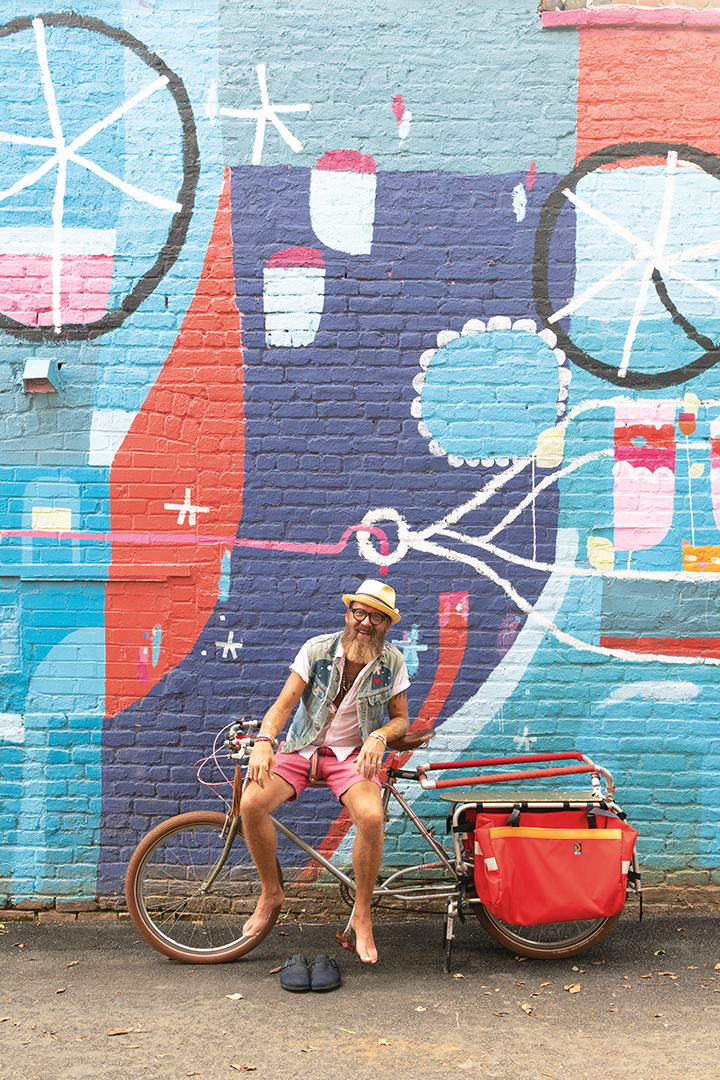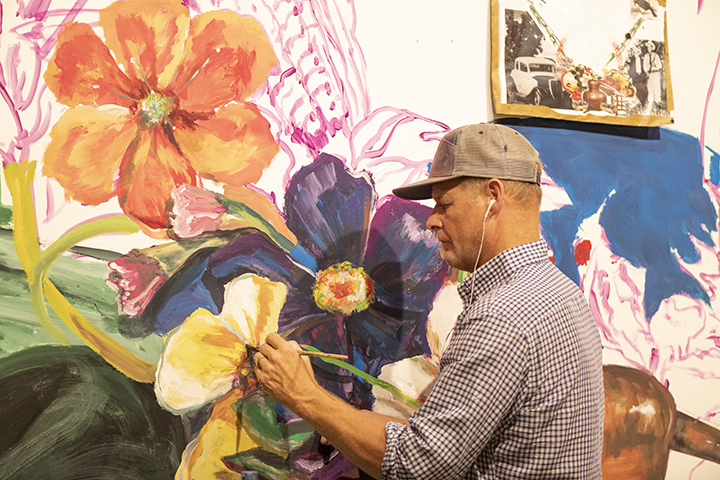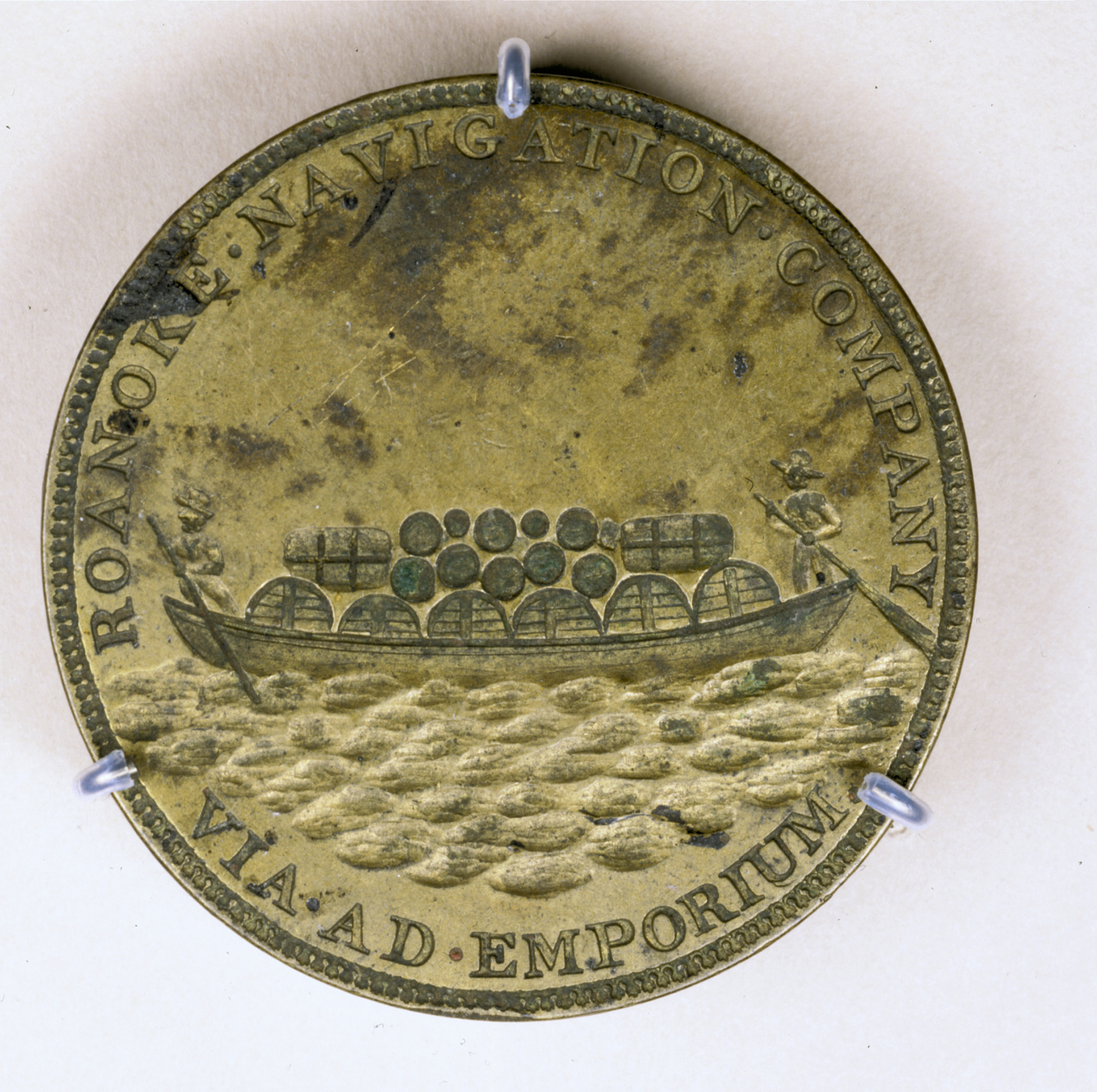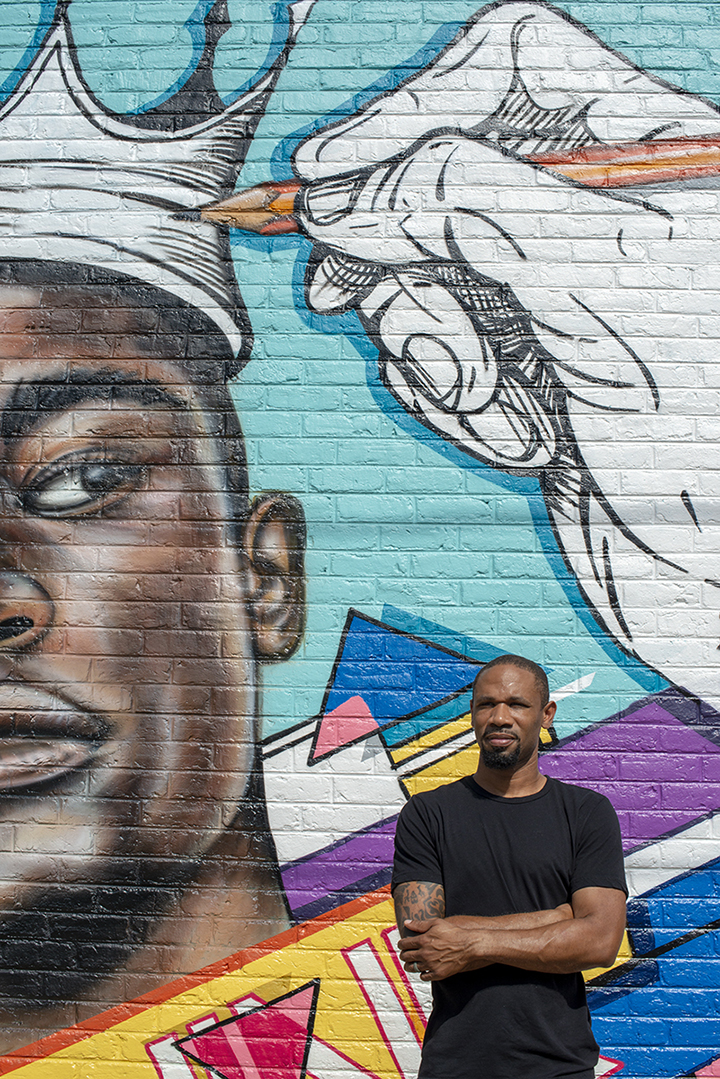For centuries, murals have been painted on the walls and ceilings of tombs, palaces, churches, and other public buildings. In recent years, outdoor murals have become prominent features of Virginia’s landscape. These works of art not only inspire awe by their scale and beauty but also serve as expressions of a community’s history, aesthetics, and values. Richmond, for example, is now home to more than 100 outdoor murals, and this popular form of artwork reflects the city’s modernity and diversity and has done much to bring communities together. Similar mural movements can be found across Virginia.
The VMHC exhibition, Fresh Paint: Murals Inspired by the Story of Virginia, began with a survey of dozens of regional artists whose portfolios included painting large-scale murals. Nico Cathcart, a Richmond-based mural artist and co-curator of Fresh Paint, lent to the project an understanding of the landscape as well as extensive knowledge of the mural painting process.
The museum invited ten Virginia artists to participate in the project. The group visited the museum, toured its exhibitions, and accessed its vast collection of books, letters, maps, and objects. They each selected an object or objects whose stories they would use as inspiration for an original artwork that reflected on Virginia’s past.




